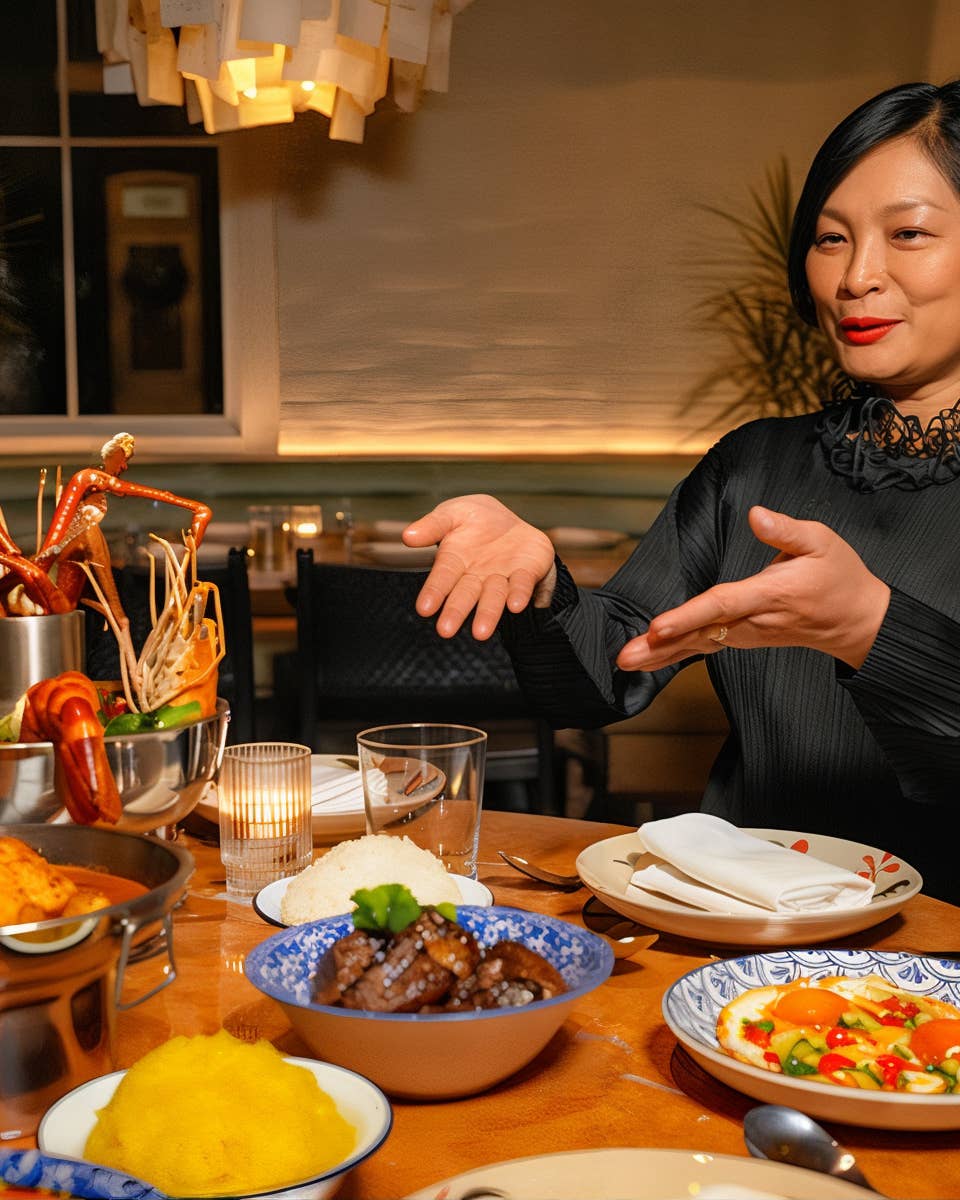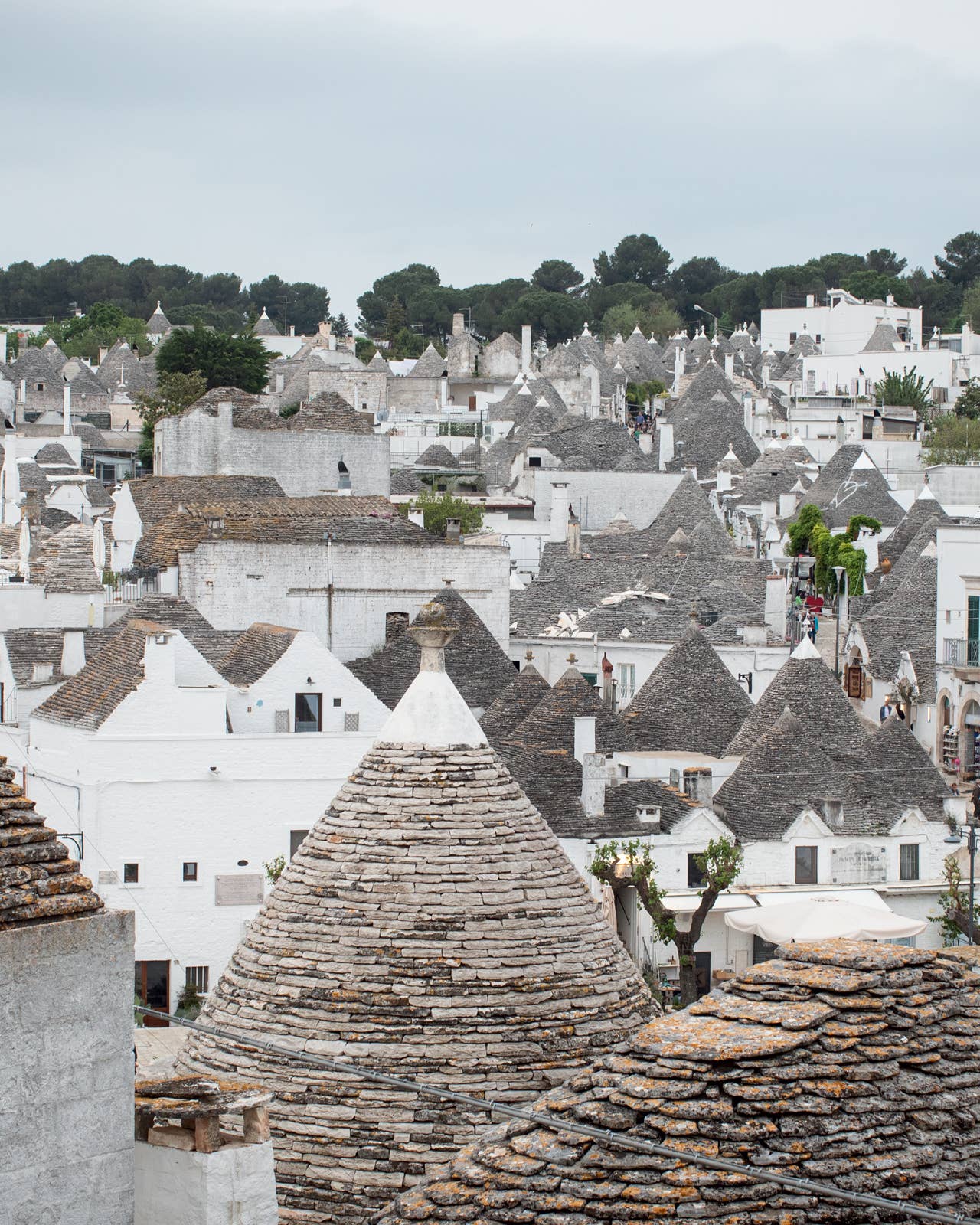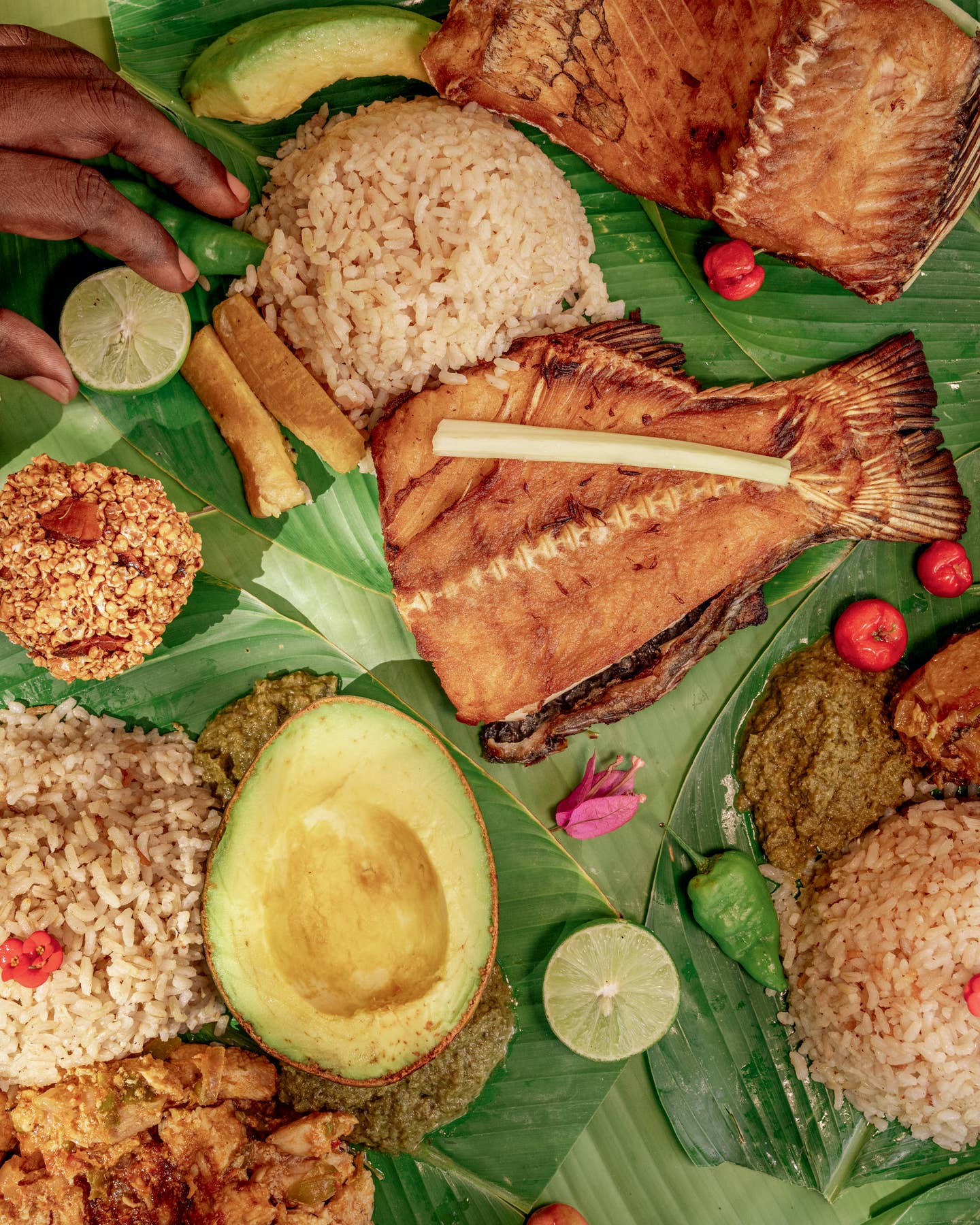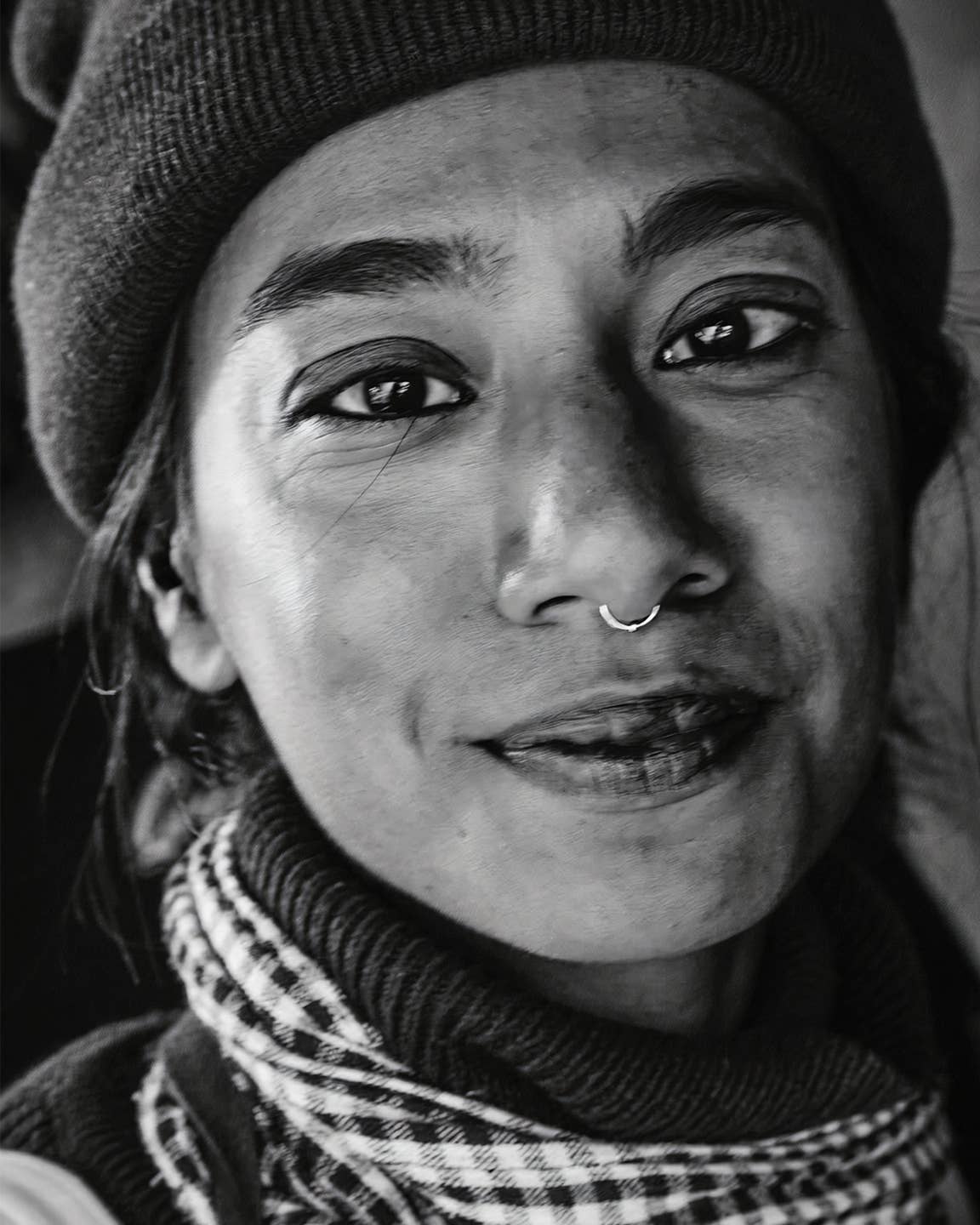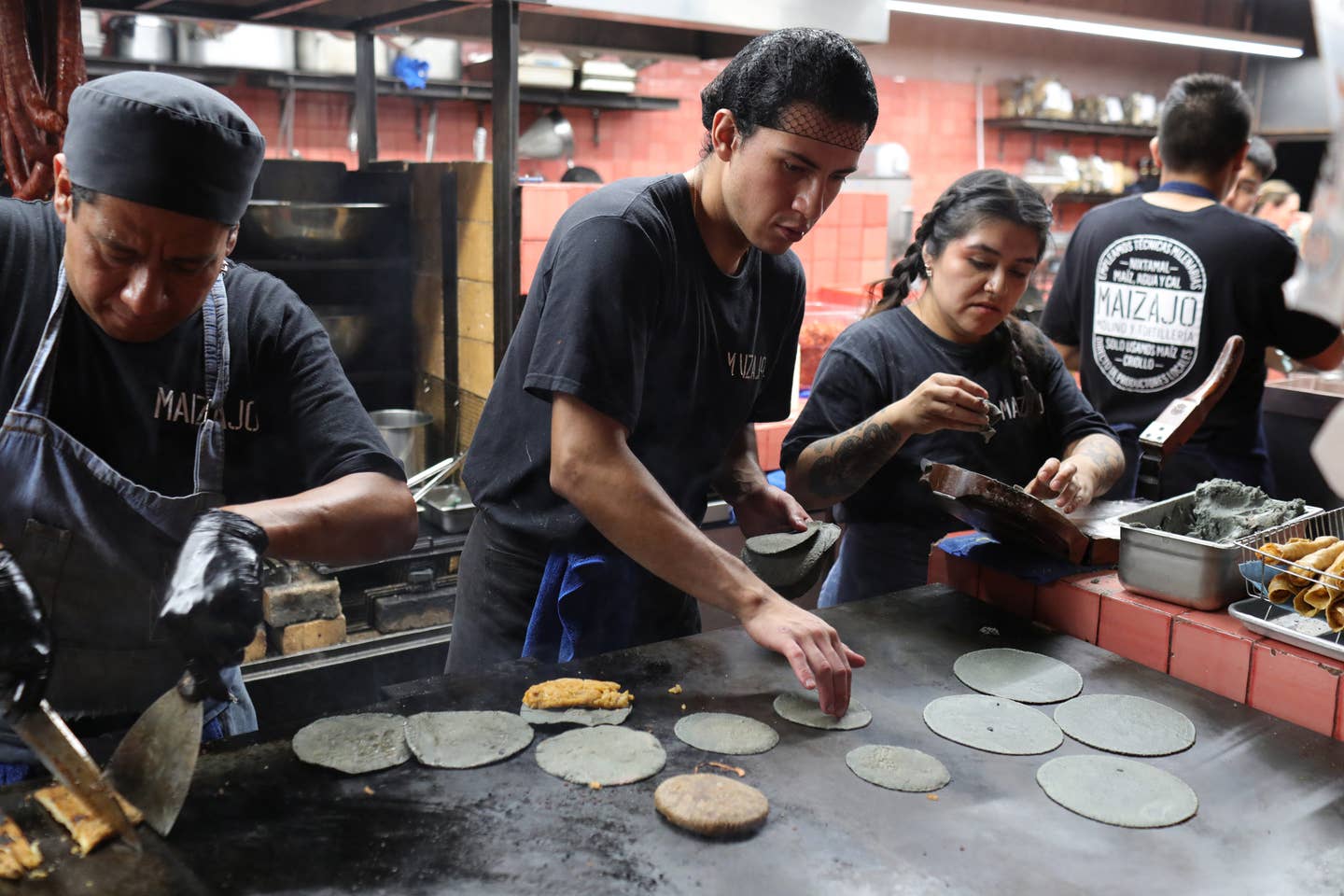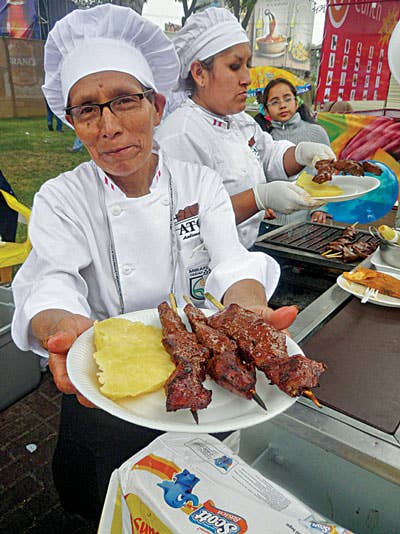
This past September, at the Mistura food fair in Lima, Peru, the wait was an hour for the anticuchos, or grilled beef hearts, prepared by Grimanesa Vargas Araujo, a street vendor who has been plying her craft in the Miraflores district for more than 35 years. Dressed in a chef's outfit, La Grimanesa, as she is known to fans, tended a charcoal fire and basted chunks of beef heart with a marinade of cumin, garlic, red wine vinegar, and fruity panca chiles. As the smoky meat came off the grill, her grown sons Juan Gonzalez and Jesus Campo loaded it onto plates along with boiled potatoes in a fiery rocoto chile sauce.
La Grimanesa is one of thousands of Lima vendors who've traditionally sold their fare—anticuchos, tamales, picarones (squash fritters doused in brown-sugar syrup), and more—from makeshift carts, often attached to bicycles. Fixtures even in affluent areas, these hawkers, most of them women, used to be unregulated. But starting in the 1990s, when then-mayor Alberto Andrade Carmona sought to stop vendors from clogging Lima's historic center, the city began requiring them to get licenses, attend food-handling classes, and adopt new sanitation standards and city-approved equipment.
Like some other vendor fans, I wasn't sure this government oversight was a good idea. But at the food fair, I realized that, far from hampering the vendors' style, the new laws have elevated their status. By the fair's end, La Grimanesa had served 11,000 skewers and—in a turn of events inconceivable in the old days—had received the Silver Pepper Award, a culinary honor bestowed by the government. "The health regulations have helped my business because more tourists feel comfortable eating my anticuchos," said La Grimanesa, who's had to buy a bigger grill to keep up with the demand.
Keep Reading
Continue to Next Story




